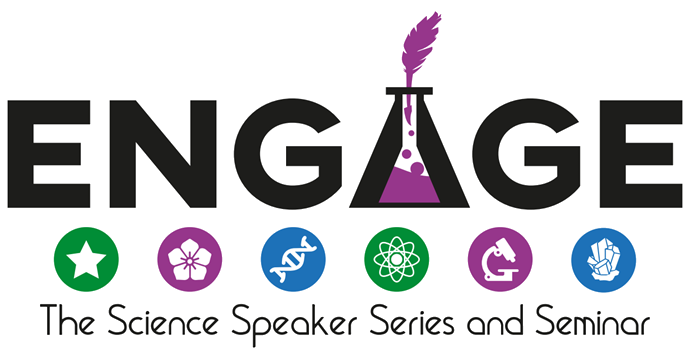How does lung cancer form? Let us count the ways. And stop all of them.
Image adapted from nih.gov
Smoking often leads to lung cancer. In particular, smoking often leads to lung cancer caused by harmful changes in a gene called KRAS. Genes are blueprints that tell the cells in our body what they need to make and how. If someone sabotaged the blueprint of a bridge and nobody caught it, the builders would construct a faulty and unusable bridge. When smoking changes the KRAS gene, our cells grow into a tumor instead of into a lung. Still, sabotaged KRAS only explains 30% of lung cancers. To cure every case, scientists and doctors need to know what causes the other 70%.
Not all lung cancer patients are smokers. Many have never touched a cigarette in their life. How then did they develop this cancer? By studying tumors in both smokers and non-smokers, we are starting to answer this question. Among the many genes that are sabotaged, two have stood out: EGFR and RIT1. Combined, these two genes explain another 25% of lung cancers.
Instead of being sabotaged in patients who are smokers, EGFR is altered mainly in patients who have never smoked. These patients are also younger–in their 30s instead of their 70s. The aggressive cancer takes over their body and the only explanation science can give is bad luck. But there is hope. When scientists found that changes in EGFR cause cancer, they also found a way around the sabotaged gene and designed a drug that stops it from doing any harm. Cancers with sabotaged EGFR can now be treated. In a matter of months, a tumor treated this way can go from taking over a lung to being impossible to see in a scan.
But the cancer always comes back.
Cancer is crafty. When we plug its main avenue for growth, it finds a backroad. Sometimes, this means using a version of EGFR that has a different alteration in it that the drug cannot stop. Other times, this means using yet another gene. RIT1 is a sister gene to KRAS – the R stands for “Ras-like”. 1 in 50 lung cancers have an unwelcome change in RIT1 and another 1 in 10 have more RIT1 than normal. Having more of a gene is not always a bad thing. KRAS does nothing wrong when there is more of it, only when it is sabotaged. However, when researchers compared cells with the harmful version of RIT1 to cells that merely have more of the normal version, both sets of cells grew much faster in the lab, a sign that in a human body these cells would become cancerous. Whether the gene is sabotaged or there is an unnaturally large amount of it, RIT1 leads to cancer.
With KRAS, EGFR, and RIT1, the pieces of the lung cancer puzzle have begun to come together, and we can start to cure 60% of cases. But the question remains: what is the last 40%? And can we close all the avenues that lead to cancer to stop it from ever coming back?
April Lo is a genome sciences graduate student at the University of Washington and the Fred Hutchinson Cancer Research Center. In her research, she studies what happens in lung cancer cells when there are errors or imbalances in genes. By connecting changes in genes to changes in the cell's messaging system, she hopes to better understand and help treat this deadly cancer.


